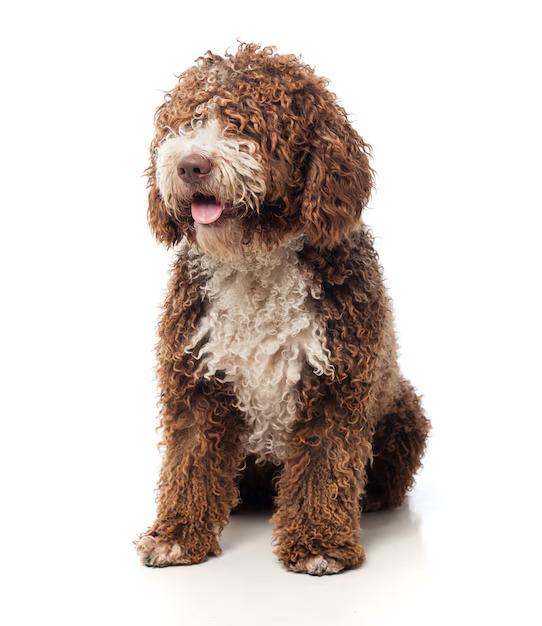EVERYTHING YOU NEED TO KNOW ABOUT FEEDING YOUR PUPPY - A COMPLETE GUIDE
Bringing a new puppy home is one of the most exciting experiences for any dog lover. From choosing the perfect name to snuggling on the couch, every moment is precious. But one of the most critical responsibilities of pet parenting is feeding your puppy properly.
Puppies grow rapidly in their first year, and their nutritional needs are very different from adult dogs. Feeding them the right food, in the right amount, and at the right times sets the foundation for a healthy life.
In this comprehensive guide, we’ll cover everything you need to know about feeding your puppy — from choosing the right food to feeding schedules, portion sizes, and common mistakes to avoid.

Why Puppy Nutrition Is So Important
Puppies need more protein, fat, vitamins, and minerals than adult dogs. Their developing bones, muscles, organs, and immune systems require balanced nutrition to support healthy growth.
Poor nutrition during this critical phase can lead to long-term health issues such as:
-
Poor bone development
-
Weak immune system
-
Obesity
-
Joint problems
That is why feeding your puppy age-appropriate, high-quality food is a non-negotiable part of responsible pet ownership.
What Should You Feed Your Puppy?
1. Puppy-Specific Food
Always choose food formulated specifically for puppies or labeled "for all life stages." These foods are designed to meet the nutritional guidelines set by the Association of American Feed Control Officials (AAFCO).
Look for:
-
At least 22% protein
-
At least 8% fat
-
DHA for brain and vision development
-
Calcium and phosphorus in correct ratios
2. Wet vs. Dry Puppy Food
-
Dry food (kibble) is cost-effective, good for dental health, and easy to store.
-
Wet food (canned) is more palatable and has higher moisture content — great for picky eaters or hydration.
Pro Tip: Some owners mix both for a balanced approach. Just make sure to account for total calories.
3. Grain-Free vs. With Grains
Unless your vet advises otherwise, puppies usually do well on food that contains grains. Grain-free diets have been linked to heart conditions like dilated cardiomyopathy (DCM) in dogs.
How Often Should You Feed Your Puppy?
Feeding schedules vary by age:
| Puppy Age | Meals Per Day |
|---|---|
| 6–12 weeks | 4 meals |
| 3–6 months | 3 meals |
| 6–12 months | 2 meals |
Consistency is key. Feed at the same times every day and remove uneaten food after 20 minutes to establish routine.
How Much Should You Feed Your Puppy?
Follow these steps:
-
Check the packaging for recommended daily amount based on your puppy’s weight.
-
Divide that amount by the number of meals per day.
-
Adjust as needed based on your puppy’s growth, activity level, and vet advice.
Remember, every breed is different. A Great Dane puppy and a Chihuahua puppy have vastly different needs.
🚫 Common Puppy Feeding Mistakes to Avoid
-
Free-feeding (leaving food out all day): Can lead to overeating and obesity.
-
Feeding human food: Can upset digestion or even be toxic (e.g., onions, chocolate, grapes).
-
Switching foods too quickly: Always transition over 5–7 days to avoid stomach upset.
-
Not reading labels: Cheap foods often contain fillers and lack essential nutrients.
🦴 Can You Give Treats to Puppies?
Yes — but treats should be no more than 10% of their daily calories. Choose treats made for puppies and avoid those with artificial preservatives or high sugar content.
Healthy options:
-
Freeze-dried meats
-
Small bits of cooked chicken
-
Store-bought training treats (low-calorie)
🐕 When to Switch to Adult Dog Food
Most puppies can transition to adult food when they reach 80–90% of their expected adult weight, which usually happens between 12–18 months, depending on the breed.
-
Small breeds: Around 12 months
-
Large/giant breeds: 18–24 months
Talk to your vet for a tailored recommendation.
🩺 What If My Puppy Isn’t Eating?
Puppies occasionally skip meals, especially during teething. But if your pup is refusing food for more than a day, has vomiting/diarrhea, or appears lethargic, contact your vet immediately.
✅ Puppy Feeding Checklist
✔ Choose a high-quality puppy food
✔ Establish a consistent feeding schedule
✔ Monitor weight and body condition
✔ Limit treats
✔ Transition to adult food at the right time
✔ Consult your vet regularly
📌 Final Thoughts
Feeding your puppy isn’t just about keeping them full — it’s about helping them thrive. By choosing the right food, feeding them properly, and staying informed, you’re setting your new best friend up for a lifetime of health and happiness.
Want more puppy tips? Subscribe to our newsletter for expert advice, training tips, and fun dog facts delivered to your inbox!


